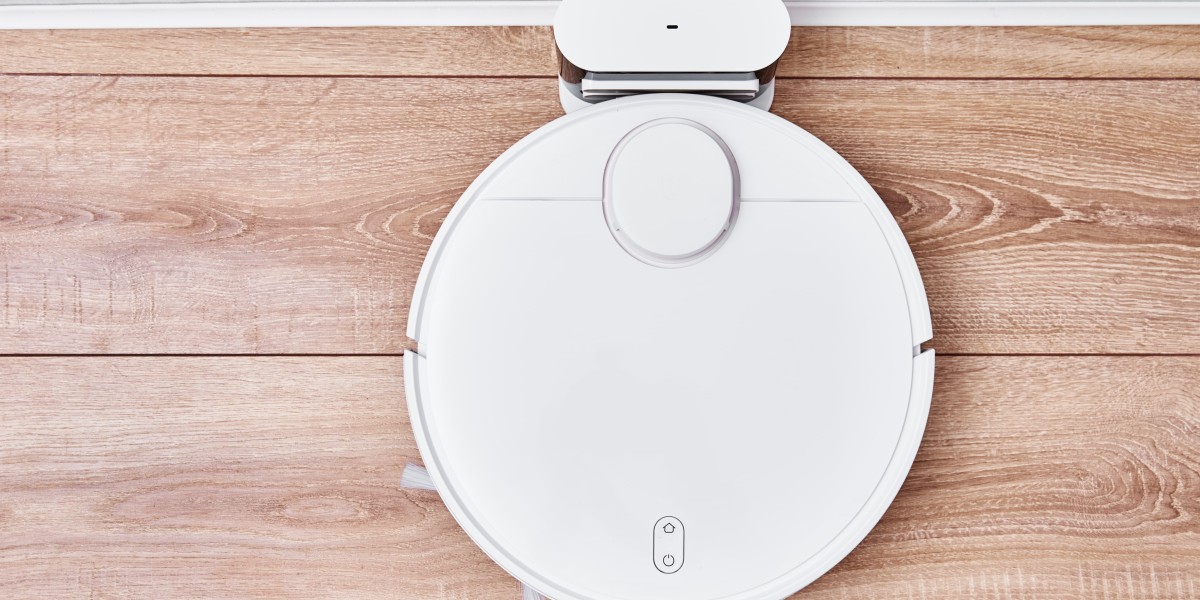
Revolutionizing Home Maintenance: The Rise of Cleaning Robots
In an age where technology continues to affect daily life, cleaning robots have become a significant development in the field of domestic cleaning. These autonomously working devices have redefined how families handle cleaning jobs, offering benefit and effectiveness. With their ability to navigate spaces, avoid challenges, and operate on pre-set schedules, cleaning robots are ending up being important tools for house owners looking to optimize both their time and their living environment.
The Evolution of Cleaning Robots
Cleaning robots have gone through an incredible change because their beginning. What began as simple makers has progressed into sophisticated devices equipped with sophisticated functions. Below is a table highlighting some key turning points in the advancement of cleaning robots.
| Year | Turning point | Description |
|---|---|---|
| 1996 | First Commercial robot vacuum sale | The first robotic vacuum, Electrolux's Trilobite, was introduced. |
| 2002 | Roomba Launch | iRobot launched the Roomba, making robotic vacuum popular. |
| 2004 | Mapping Technology Introduced | iRobot introduced smarter navigation capabilities, enabling better cleaning paths. |
| 2012 | Smartphone Integration | The intro of mobile app control allowed users to control robots from another location. |
| 2020 | Advanced Sensors & & AI | Robots started using AI for enhanced mapping and item recognition. |
Kinds Of Cleaning Robots
As innovation has advanced, numerous types of cleaning robots have emerged, each designed to accommodate different cleaning requirements. A few of these include:
robotic vacuum cleaner Vacuums
- Developed to autonomously vacuum floors, they frequently include sensing units to browse around spaces and go back to their charging stations.
Robotic Mops
- These robots are equipped with mopping functionality, utilizing water or cleaning solutions to scrub floors.
Window Cleaning Robots
- Specifically engineered for window cleaning, these devices can climb up vertical surface areas using suction or magnetic systems.
Swimming Pool Cleaning Robots
- Designed for in-ground pools, these robots gather particles and even scrub the walls of the swimming pool efficiently.
Multi-tasking Robots
- Some modern cleaning robots combine vacuuming and mopping abilities, using flexible cleaning solutions.
How Cleaning Robots Work
The core performance of cleaning robots is centered around their capability to browse homes autonomously while carrying out cleaning tasks. Here's a breakdown of the basic parts that enable them to perform successfully:
Sensors: Most cleaning robots are equipped with sensors that assist them spot barriers, slopes, and edges, preventing falls and collisions.
Navigation Technology: Many robots utilize a combination of gyroscopes, accelerometers, and in some cases cameras or LIDAR for navigation. This enables them to map their environment and tidy efficiently without missing spots.
Source of power: Most cleaning robots run on rechargeable batteries, with lots of efficient in going back to their charging docks when their power runs low.
Cleaning Mechanisms: Whether through suction for vacuuming or rotating brushes for mopping, cleaning robots feature different mechanisms tailored for reliable dirt elimination.
Benefits of Cleaning Robots
The incorporation of cleaning robots in homes presents several benefits:
Time-Saving: Cleaning robots can operate on their own, permitting house owners to engage in other activities.
Consistent Cleaning: With set up cleaning times, these robots guarantee consistent maintenance of the home.
Hard-to-Reach Areas: Cleaning robots can access narrow areas and corners that conventional cleaning tools may fight with.
Decreased Allergens: Regular cleaning assists decrease dust and allergens, contributing to a healthier living environment.
Limitations of Cleaning Robots
Despite their numerous benefits, cleaning robots likewise present certain restrictions that users ought to consider:
High Initial Cost: While the price of cleaning robots has actually reduced over time, some advanced models can be reasonably expensive.
Inconsistent Performance: Not all robots carry out similarly; some might have problem with specific surface areas or dirt types, resulting in unacceptable results.
Limited Capacity: Many robotic vacuums have smaller dustbin capabilities, requiring more regular emptying than traditional robot vacuum cleaner best cleaners.
FAQs about Cleaning Robots
Q: Are cleaning robots worth the investment?A: Cleaning robots can be
a beneficial investment for those looking for time-saving solutions. They can substantially relieve the cleaning concern, particularly for hectic families. Q: Can cleaning robots be programmed?A: Yes, many cleaning robots feature programmable schedules and modes, enabling users to set specific cleaning times and locations. Q: How do I maintain my cleaning robot vac?A: Regular maintenance includes cleaning the brushes, clearing the dustbin, and sometimes looking for software application updates. Q: Are cleaning robots efficient on all surfaces?A: Most robotic vacuums are effective on tough floorings and low-pile carpets. Nevertheless, efficiency may
differ on thick carpets or certain kinds of rugs. Q: Do cleaning robots work well under furniture?A: Cleaning robots are developed to fit under many furniture; however, the effectiveness can depend on the height of the furniture.
Cleaning robots represent a breakthrough in the world of cleaning approaches, they significantly enhance housekeeping capabilities. As developments continue, future versions of these gadgets are expected to become much more intelligent, effective, and user-friendly, further integrating into the smart homes of tomorrow. The modern property owner hence deals with an amazing future where cleaning robots might take much of the drudgery out of home maintenance, enabling a cleaner living area with minimal effort.
domestic tasks, using a mix of innovation, convenience, and efficiency. While they are not a complete replacement for traditional








